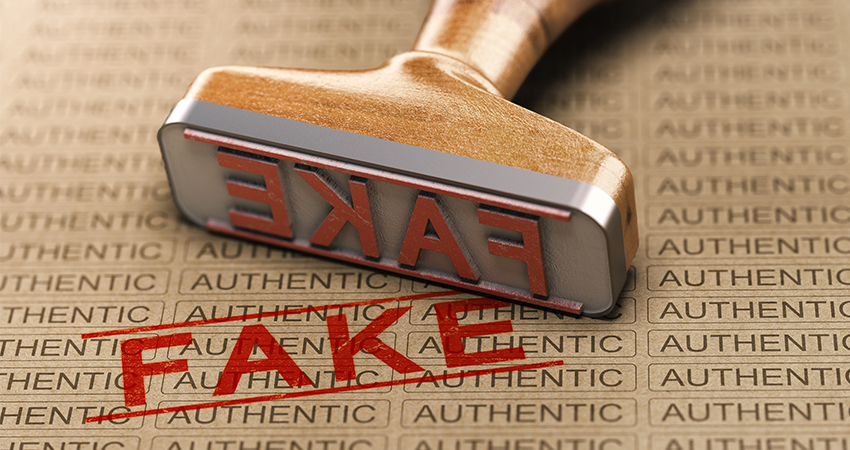The retail industry has a counterfeit problem and its threatening brands across the world. According to the International Chamber of Commerce, the global economic cost of counterfeiting and piracy could reach $2.3 trillion by 2022. Amazon launched “Project Zero” in response to the growing concerns, but it’s not enough to prevent violations of Minimum Advertised Price (MAP) policies, the baseline selling price that brands set for all retailers to maintain.
PwC’s Global Consumer Insights Survey found that more than one in three consumers rank “trust in the brand” as a top three reason to shop at a particular retailer. Unfortunately for bands that fall victim to counterfeiting, integrity is jeopardized and trust is lost. Without trust, sales will inevitably fall.
These consequences underscore a need for retailers to take matters into their own hands. To prevent third-party sellers from offering counterfeit goods, retailers should take the following measures:
- Creating roles or departments that focus on brand protection. A brand protection manager or department works to protect the company’s products by investigating unauthorized uses in the market or online. By designating a person or team to this role, brands can avoid pulling resources from other departments in cases of counterfeiting. For instance, Lacoste has dedicated a team to protecting and defending its intellectual property rights, working in partnership with the International Trademark Association and Business Action to Stop Counterfeiting and Piracy, among other authorities, to fight against counterfeit apparel.
- Implement Deep Learning AI solutions that help retailers manage their secondary sales. Tracking for counterfeiting without the right technology would be like finding a needle in a haystack. It’s important to put technology to use if retailers want to have a real chance of catching counterfeits. For example, a leading footwear brand whose products are sold in more than 700 multi-brand retailers and through many unauthorized sellers online recently used a MAP monitoring solution to track down pricing violations across the globe for real-time margin protection and brand safety. As a result, the brand has been able to crack down on 146 unauthorized sellers for pricing violations in just two months. Most brands today sell their products on many channels, and need real-time market insights to ensure resellers are adhering to the proper brand pricing.
- Educate consumers to protect themselves. Many retailers are starting to dedicate a page on their website to counterfeiting, informing consumers of potential counterfeit products and authentication policies. Winter clothing manufacturer Canada Goose has implemented a URL search tool on its website to help consumers distinguish authorized retailers from unauthorized sellers. Additionally, the retailer has established key identifiers consumers can look for to differentiate fake from real, including poor details in the embroidery – and sometimes, even misspelling of “Canada” and “Arctic.” Additionally, as of 2017, Canada Goose created an exclusive hologram label as another unique characteristic for consumers.
MAP enforcement can be a difficult undertaking for brands – yet the burden of counterfeiting will always fall on the retailer. As the Grey Market becomes a growing threat for global retailers, it’s important for brands to implement strategies to prevent counterfeiting in order to protect customer loyalty and, in turn, maximize revenue.
Sanjeev Sularia is CEO of Intelligence Node

